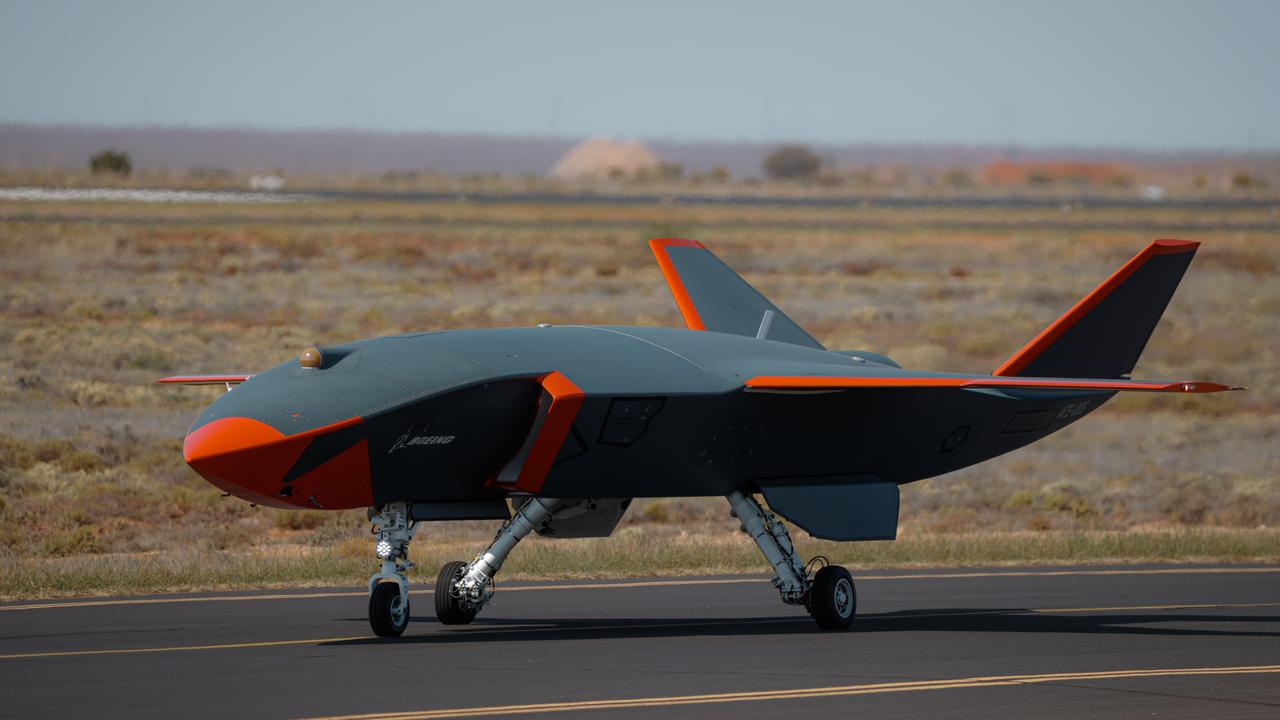Helping the drone war balance autonomy and in-flight ethics
The Defence-funded Trusted Autonomous Systems Defence CRC (TAS DCRC) in Brisbane has become a global leader in the ethics of autonomy.

There’s been plenty of criticism that Defence is ignoring the threats and possibilities offered by drones and autonomous systems of all kinds. But the Defence-funded Trusted Autonomous Systems Defence CRC in Brisbane has been leading Australian research in this area for seven years and has become a global leader in one particular area: the ethics of autonomy.
Ethical use of robots and autonomous systems is a hot-button issue: how do you design an autonomous system so that it can’t fire a weapon or endanger people without an explicit command from a human operator?
For the TAS DCRC’s chief executive, Glen Schafer, this has two components. The ethical component is almost philosophical: how do you define autonomy, and different levels of autonomy, he asks?
The TAS DCRC’s research on this is informed by similar work in Europe, the UK and the US, he tells The Australian.
Trust is the second component of that ethical framework: an autonomous system’s decisions need to be “qualifiable”, he says, as well as traceable, with a clear relationship between cause and effect.
The TAS DCRC doesn’t aim to replicate research being done elsewhere: it’s focused on the ADF’s needs, on the “smart, small, many” vision for uncrewed systems and on big, hairy problems.
Dr Simon Ng, TAS DCRC’s Chief Technology Officer, says: “We focus on key elements that will enable us to exploit autonomy at scale: advanced perception at the edge, autonomous reasoning, robotic teaming and human-machine teaming – all while trying to build in guardrails, including … legal reasoning to enhance the ability of systems to adhere to Rules of Engagement (RoEs).” The TAS DCRC’s research was publicised late last year when Perth-based Austal Ships announced it would undertake the RAN’s Patrol Boat Autonomy Trial (PBAT) in partnership with the RAN’s Warfighting Innovation Navy Branch and TAS DCRC.
As well as the PBAT trial, Schafer points to several other industry-led autonomy research programs. Its $15m Mine Counter-Measures in a Day program with Thales Australia, two small Australian companies and a swag of universities, is developing swarms of autonomous underwater vehicles (AUVs) and autonomous surface/sub-surface vessels (ASVs) to clear mines quickly ahead of an amphibious force.
The multimillion-dollar TAGViEW program with BAE Systems Australia and the army’s Robotic & Autonomous Systems Implementation and Coordination Office (RICO) is using AI to create vehicles that can operate autonomously on a battlefield crisscrossed with craters, fences, hills and broken ground.
And two Brisbane-based drone and autonomous vehicle manufacturers, Cyborg Dynamics Engineering and Skyborne Technologies have commercialised the TAS DCRC’s Athena AI system as an autonomous detection and classification capability for uncrewed vehicles of all types.
The TAS DCRC is funded by Defence’s Next Generation Technologies Fund (NGTF), which has been superceded by ASCA, the Advanced Strategic Capabilities Accelerator. Defence’s investment was $50m, which TAS DCRC leveraged to more than $350m with contributions in cash and kind from industry and government partners across 14 separate projects and activities, Schafer says.
The Queensland Government, which has invested heavily in uncrewed systems infrastructure, has almost, by itself, funded the DCRC’s research on regulatory affairs.
The TAS DCRC employs five people. It enables and funds the research but doesn’t actually do a lot of it. This model of depending on university and industry partners has proven very successful, Schafer says.
Its projected seven-year life ends this year but he wouldn’t speculate on its next step.
The future of what has become an important body of expertise will probably be announced along with the Integrated Investment Program and National Defence Strategy later this calendar year.


